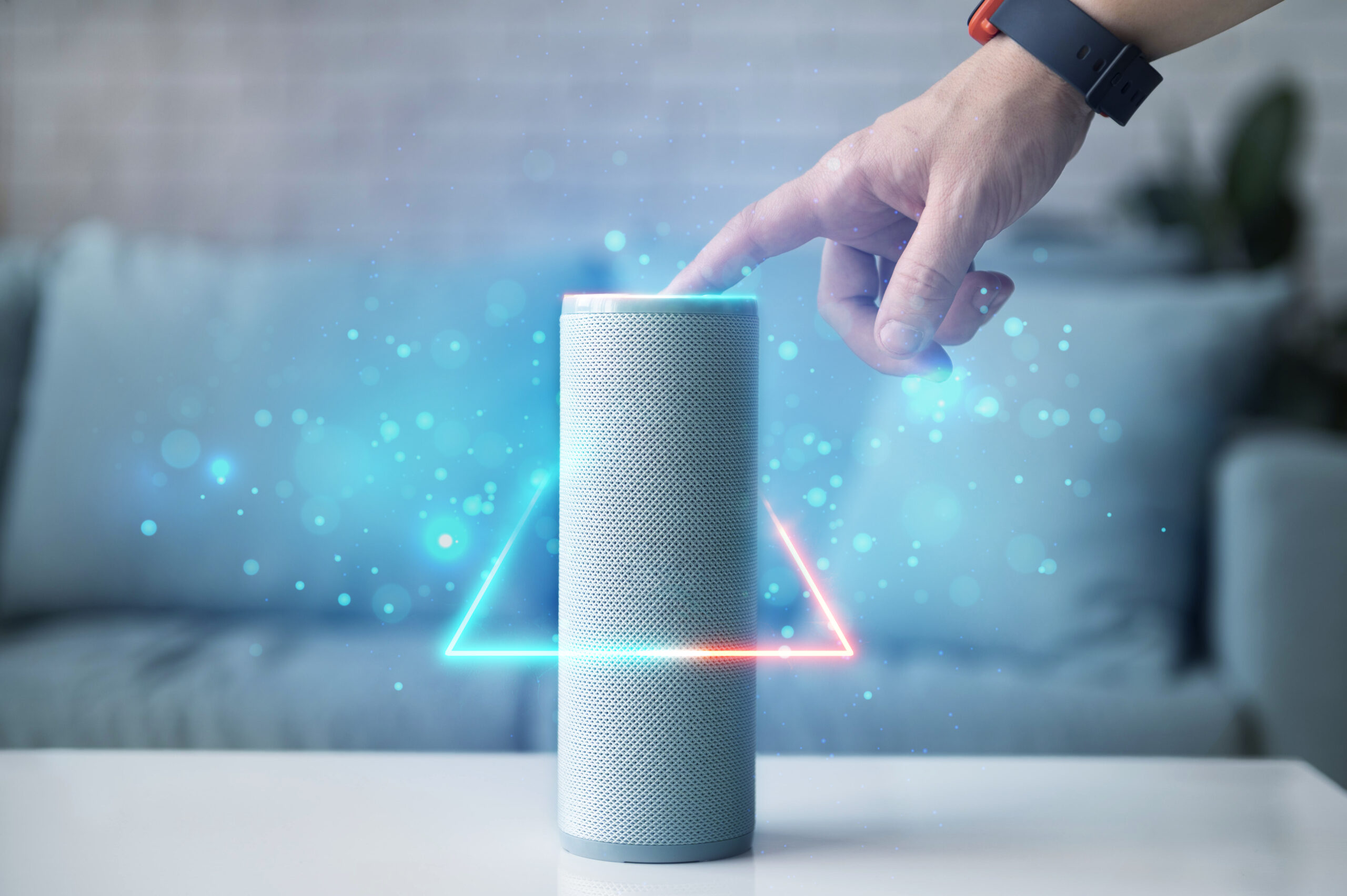The Voice Revolution
Voice AI and virtual assistants are no longer a futuristic concept—they’re transforming how we live and work in 2025. From virtual assistants like Siri, Alexa, and Google Assistant to advanced, niche-specific AI systems, voice technology has integrated seamlessly into our daily routines, making tasks more convenient and efficient.
In this article, we’ll dive into how voice AI is reshaping the workplace, revolutionizing personal lives, and enhancing accessibility, all while paving the way for even greater advancements in the years ahead.
Voice AI at Work: Enhancing Productivity and Efficiency
The rise of voice-powered AI has had a profound impact on the workplace. By reducing manual labor and simplifying complex tasks, voice assistants have become integral to business operations.
1. Automating Routine Tasks
In 2025, voice AI has evolved to handle much more than setting reminders. Virtual assistants can schedule meetings, organize emails, and even automate repetitive administrative tasks. Smart AI systems integrated with office tools like Microsoft 365 or Google Workspace are now helping workers respond to emails, create documents, and track projects all through voice commands.
Take customer service, for example. Chatbots and voice-driven assistants are revolutionizing how businesses handle client interactions. Powered by Natural Language Processing (NLP), these systems can interpret and respond to customer inquiries at lightning speed, helping businesses stay competitive while ensuring 24/7 service.
2. Transforming Team Collaboration
Voice assistants have also transformed collaboration within teams. With hybrid work environments becoming the norm, virtual assistants help keep teams connected. AI-powered collaboration tools can automatically summarize meetings, transcribe conversations, and schedule follow-ups—all with a simple voice command. This means that teams spend less time on administrative tasks and more time on strategic initiatives.
Voice AI at Home: Revolutionizing Everyday Life
The use of voice AI at home has soared, becoming an essential part of many households. In 2025, voice-powered devices are embedded in everything from home security systems to kitchen appliances, making everyday tasks smoother, more efficient, and more enjoyable.
1. Smart Homes: Convenience at Your Command
In 2025, the smart home ecosystem is fully connected and synchronized with voice assistants. Want to adjust your thermostat, lock the door, or play your favorite playlist? Just speak up. Voice assistants are now deeply integrated with smart appliances, lighting systems, and entertainment platforms.
For example, smart refrigerators can track your grocery list and place orders through voice commands, while Amazon Alexa or Google Assistant can seamlessly control your home’s entire entertainment system. This level of integration makes managing daily routines effortless—especially for those who have multiple devices operating simultaneously.
2. Voice as Your Health Companion
Voice AI is also becoming your personal health assistant. In 2025, voice-powered devices help monitor everything from fitness goals to medication schedules. Integration with wearable devices like Fitbit and Apple Watch means that voice assistants can offer personalized health insights, recommend workouts, or remind you to stay hydrated, all based on your health data.
Additionally, voice assistants are now equipped to engage in mental health support. If you’re feeling stressed, a voice assistant might offer mindfulness exercises, stress-relief tips, or even provide positive reinforcement. These functions enhance well-being and provide support that’s just a voice command away.
How Voice AI is Redefining Entertainment
Entertainment has become much more immersive and user-friendly thanks to voice AI. From streaming music and TV shows to gaming and virtual reality, voice assistants are changing how we interact with media.
Entertainment at Your Fingertips
With voice assistants, you can control streaming services like Netflix and Spotify with ease. Want to watch a show? Just say the name, and your voice assistant will find it for you. AI-powered devices can also recommend content based on your viewing history or even the mood you’re in. Want to relax? Ask your assistant to play calming music or set up a relaxing atmosphere by dimming the lights and turning on a meditation playlist.
Voice-Controlled Gaming
Voice AI is also taking gaming to new levels. In 2025, gaming consoles are equipped with smart voice features that allow you to control your gaming experience hands-free. Players can issue commands, switch between games, and even interact with characters—all without lifting a finger. Imagine participating in a virtual world where the characters respond to your voice commands, making gaming more interactive and immersive than ever before.
Accessibility: Breaking Barriers with Voice AI
Voice assistants have proven to be a lifeline for individuals with disabilities. These technologies provide new levels of independence and accessibility, enabling users to control their environment and access information in ways previously not possible.
Empowering People with Disabilities
For people with visual impairments, voice assistants read aloud messages, emails, and even web content, making the digital world more navigable. For those with physical disabilities, voice AI allows them to operate devices and appliances around the house with just their voice, enhancing their autonomy.
Voice assistants also assist individuals with hearing impairments through real-time transcription, enabling better communication. For example, when a person speaks, a voice AI can instantly transcribe their speech into readable text on a screen, facilitating communication in real-time.
Improved Accessibility in Public Spaces
Voice assistants are making public spaces more accessible as well. Smart kiosks, public transportation systems, and even some shopping platforms are now integrated with voice AI, allowing users to navigate them more easily. This is particularly useful for people with mobility issues or those who struggle with reading small text.
The Future of Voice AI: What’s Next?
As we approach the end of this decade, the future of voice AI looks even more promising. Beyond its current capabilities, voice technology is poised to evolve in several exciting ways.
Emotion Recognition and Personalized Interaction
In the coming years, voice assistants will be able to detect emotions through voice patterns, enabling more nuanced and empathetic interactions. Imagine an assistant that can detect when you’re stressed and offer calming words or recommend stress-relief exercises based on your mood. These personalized experiences will create deeper, more intuitive relationships between users and AI.
Increased Security and Privacy
As voice assistants become central to our lives, security concerns are growing. The future of voice AI will focus on enhanced privacy and security features, such as voice biometrics to ensure only authorized users can access sensitive information. With these innovations, users will be able to interact with their devices more securely, knowing that their data is safe.
Final Thoughts: The Future is Voice-Activated
Voice AI is already transforming the way we work, live, and connect with the world. In 2025, it’s clear that these technologies are not just about convenience—they are reshaping entire industries and revolutionizing daily life. From business efficiency to personal health, voice-powered systems are at the heart of a more connected, intuitive world. As we look toward the future, the potential for voice AI to change our lives is limitless. With advancements in emotion recognition, enhanced security, and more personalized interactions, voice assistants are set to become even more ingrained in our lives. The future is voice-activated, and it’s just getting started.























